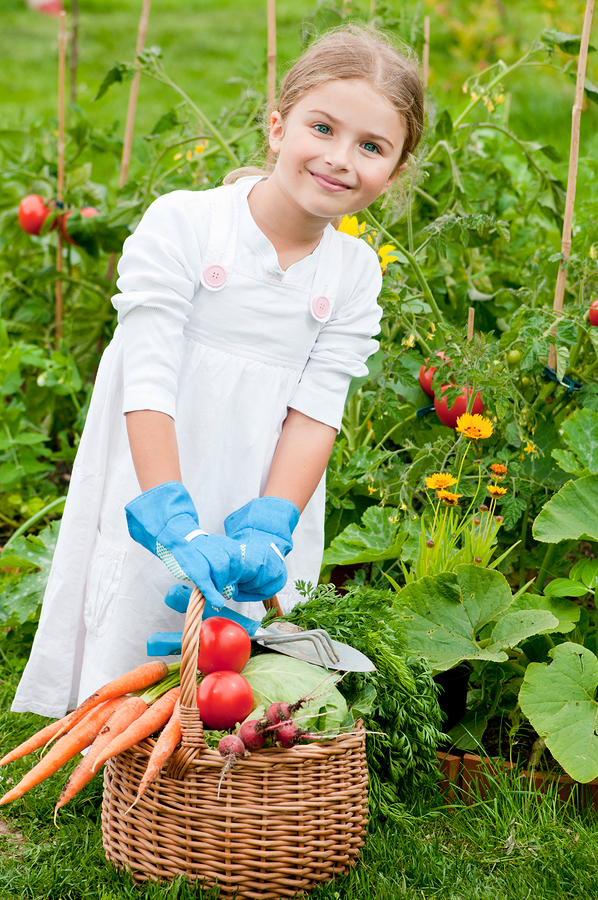How do we teach children?
By example, our words and our actions. That seems pretty obvious.
But do we do it well?
If we are living our best possible lives, we will teach by example and the teaching becomes easy.
I found a great example of it in my own family during a recent visit.
A few weeks ago, I walked into my kitchen and discovered my three-year old grand-nephew standing in front of the open refrigerator precariously holding my great-grandmother’s antique glass serving bowl with just one hand.
The bowl was full of fruit and fruit was what he wanted.
Two thoughts raced through my mind simultaneously: “please don’t drop that” and “wow, three years old and he’s choosing fruit as a snack!”
I made every effort to stay calm because I didn’t for one moment want him to think he’d done something wrong by choosing fruit.
I was delighted, and gently said, “let me help you” and took the delicate bowl from his hands and helped him to a serving of fruit.
My hat goes off to my niece and her husband: healthy vegetarians, who have passed good food choices on to their son.
How Indigenous people teach children
Children only know what we teach them. And we need to teach them well because they are the future of our country, planet and species.
Among indigenous people, raising children is the highest calling, for exactly the reason I just gave – they are our future.
Ironically, this is the reason all my Native American teachers have been men. Women stay home to raise the family, and it’s only when the children are grown and the mothers have become elders that those mothers might travel and teach.
“By using ideas like stewardship, good medicine, the Vision Quest and giving your child a spiritual name, parents will raise children who are innovators, not imitators—kids who grow into adults who are centered in themselves, live in harmony with nature, make lasting contributions to society and actualize their full potential, fulfilling their destiny here on Earth.” Laura Ramirez in Keepers of the Children: Native American Wisdom and Parenting
Raising children was also taken on by the entire extended family: aunties, uncles and grandparents shared child-rearing with the parents.
In 1993 I accompanied a Native American elder to Australia to attend a gathering of Native Americans, Maoris from New Zealand and Aborigines from Australia.
The Maoris traveling with us were a family of three generations; over twenty in all.
Maoris are so family-centered that they always travel together as one unit. And while the elders were offered a plane flight to Central Australia, they wouldn’t travel separately from the rest of the family, so they all drove together from their home in Adelaide – a ten hour drive!
I spent a lot of time with the Maoris during that trip and, in spite of my best efforts, I simply could not tell who were the birth parents of the little ones. All the adults cared for the children, and the children minded all of the adults.
The Maori grandmother told me, “We don’t teach our young. They just watch and listen.”
I ended up asking them to draw me a family tree so my logical western mind could understand the family relationships.
But to them, they were all just one big, happy family and that’s all that mattered.
Perhaps if other societies took more interest in guiding all children in a good way, the world would be in a better place.
My Chippewa-Ojibway teacher, Sun Bear, used to say, “People ask my for my opinion of abortion. But to me the more important question to address is: why have we created a nation in which a woman feels she doesn’t have the support she needs to raise a child? That’s what needs to be addressed.”
Thought-provoking.
If we adopted the Native way of teaching our children and supporting mothers, the world could be a better place.
If you have a child in your life, whether yours by birth, a relative or a neighbor, do what you can to guide and love them. Be an example of the good in the world.
Our future depends on it.
Molly Larkin is the co-author of the international best-seller “The Wind Is My Mother; The Life and Teachings of a Native American Shaman” and other books on health. She is passionate about helping people live life to their fullest potential through her classes, healing practice and blog at www.MollyLarkin.com


